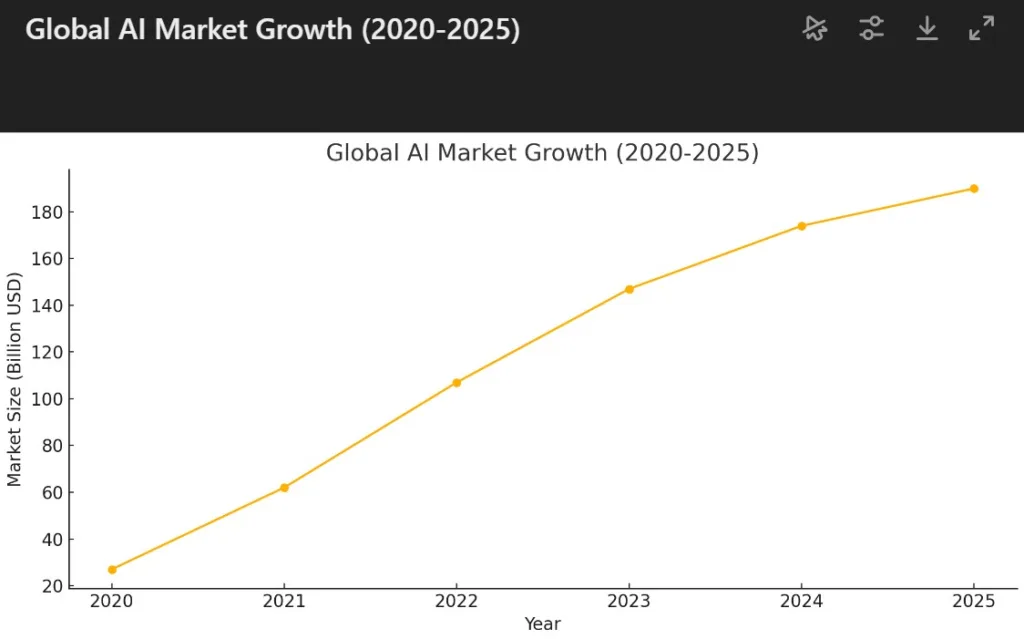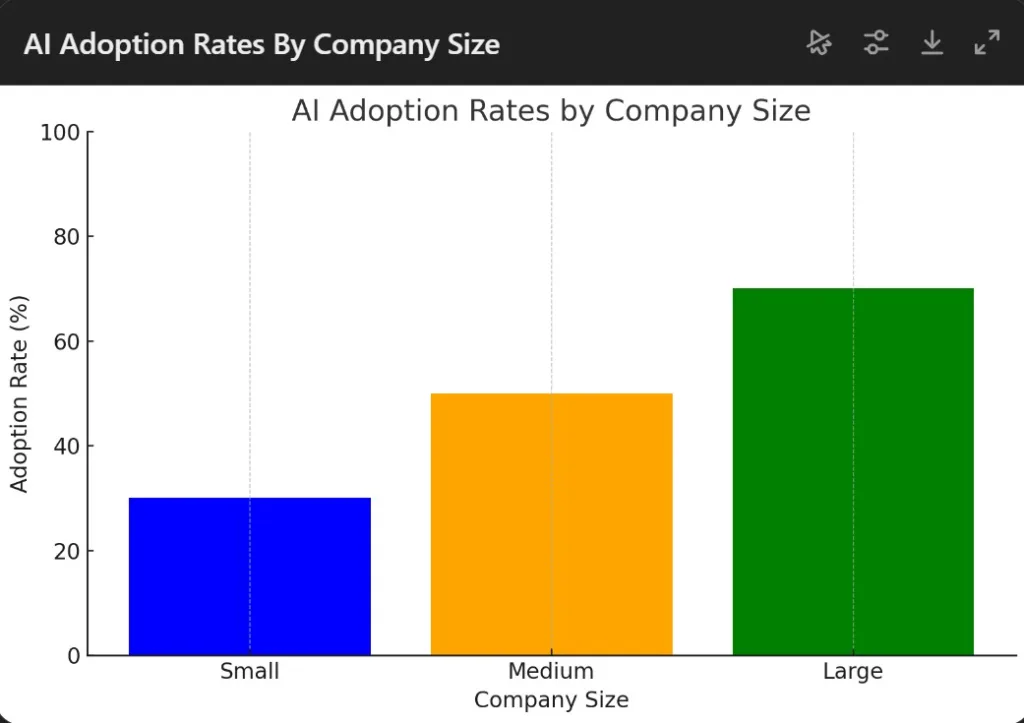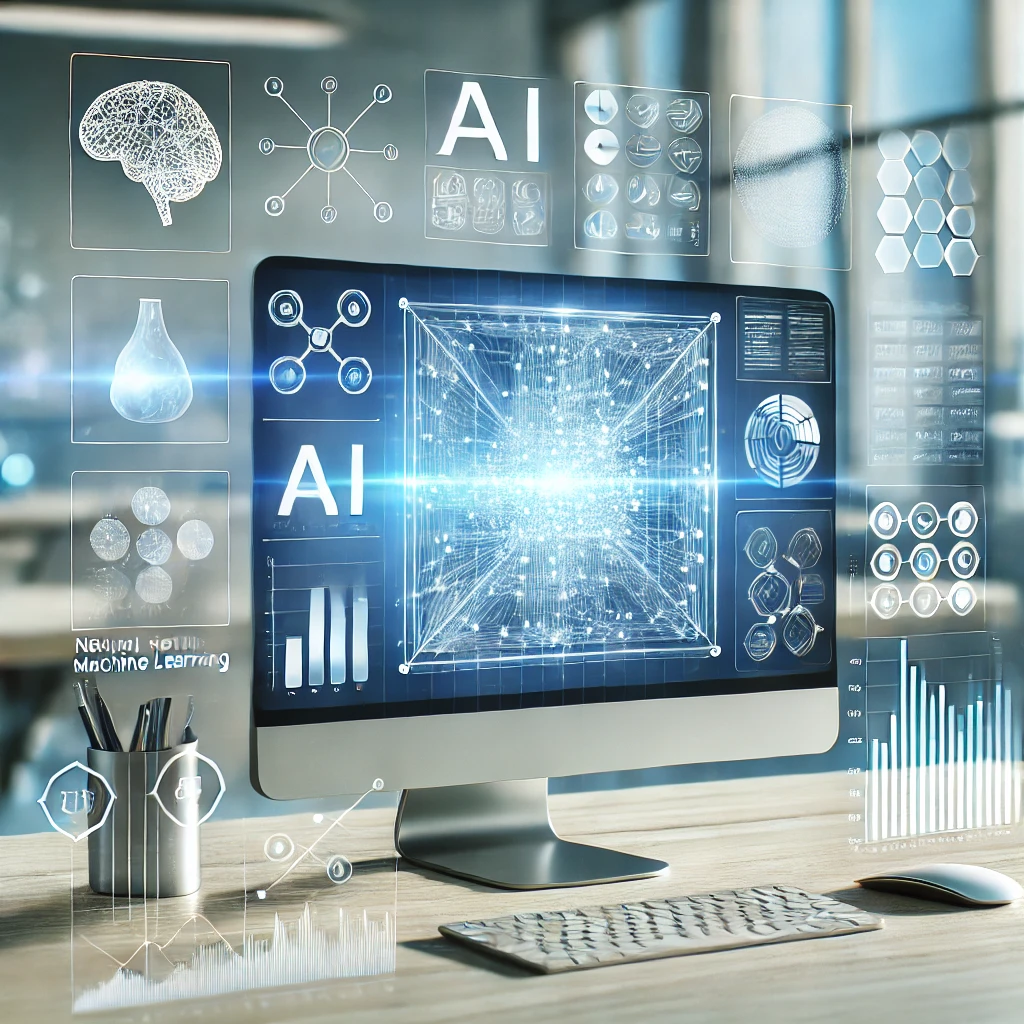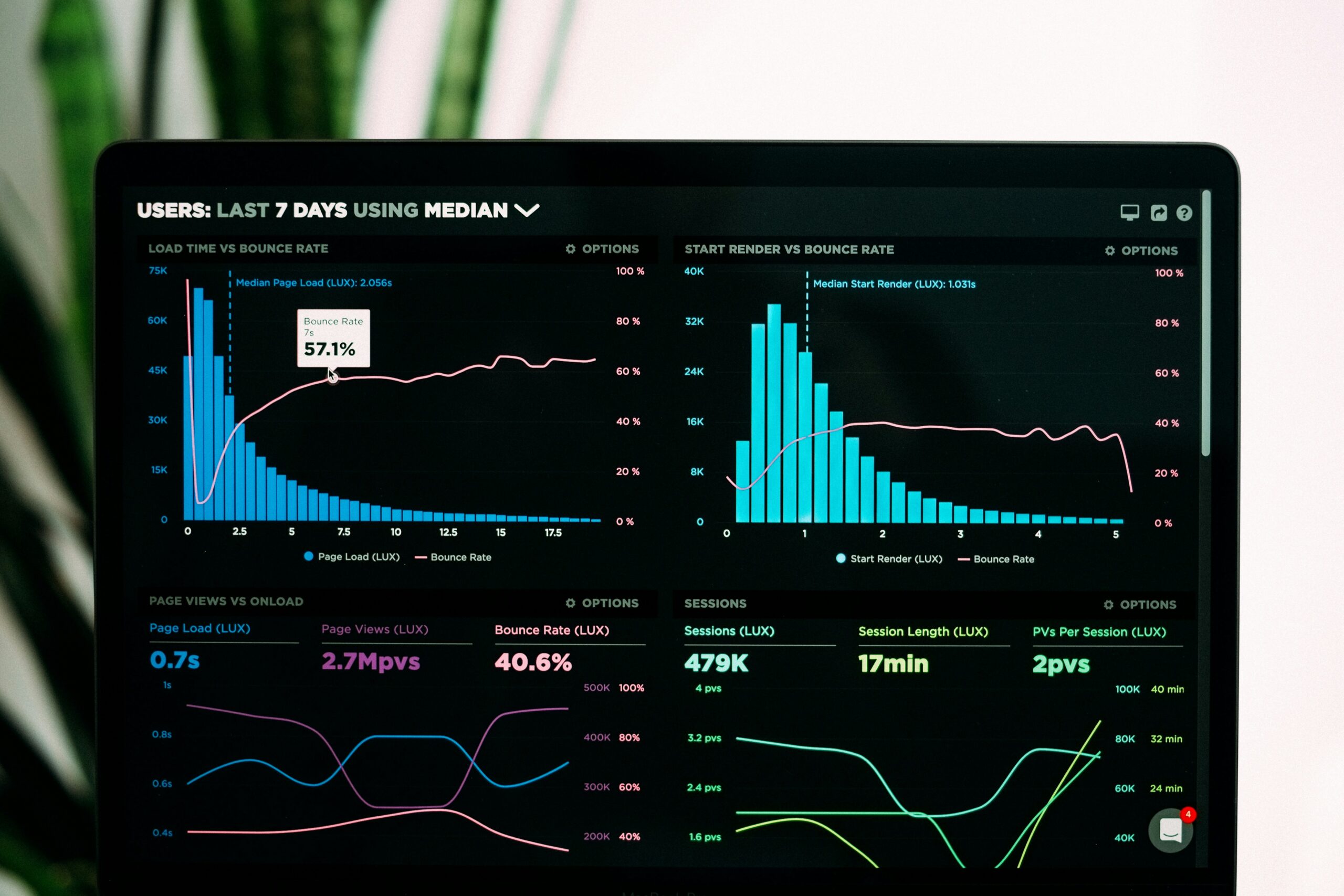How to Use AI for Data Analysis? An Ultimate Guide
In today’s data-driven world, businesses are continually seeking innovative solutions to improve their decision-making processes. Artificial Intelligence (AI) has emerged as a transformative force in data analysis, enabling organizations to unlock insights from vast datasets with unprecedented speed and accuracy. This article explores how to use AI in data analysis, detailing the methodologies, tools, and benefits of integrating AI into your analytics practices.
Understanding AI Data Analysis
AI in data analysis refers to the application of artificial intelligence techniques to process and analyze large datasets. This integration facilitates faster and more efficient decision-making, allowing data analysts to derive meaningful insights.
The Importance of AI in Data Analysis
Speed and Efficiency: AI algorithms can process and analyze data significantly faster than humans, leading to quicker insights and more informed decisions.
Enhanced Accuracy: Machine learning models reduce human error, improving the reliability of analytical outcomes.
Scalability: AI can handle massive amounts of data effortlessly, enabling businesses to scale their analysis as their data grows.
Key AI Techniques Used in Data Analysis
To effectively leverage AI for data analysis, it’s essential to understand the various techniques employed:
1. Machine Learning (ML): This subset of AI uses algorithms to identify patterns in data, allowing for predictive analytics and enhanced decision-making.
2. Natural Language Processing (NLP): NLP techniques help analyze text data, enabling sentiment analysis and the extraction of insights from unstructured data sources.
3. Predictive Analytics: By utilizing historical data and AI algorithms, businesses can forecast future trends, enhancing strategic planning.
How to Implement AI in Data Analysis
1. Data Collection
The first step in using AI for data analysis is collecting relevant data. This can be achieved through:
Internal Data Sources: Utilize databases, customer relationship management (CRM) systems, and operational data.
External Data Sources: Integrate data from social media, market research, and third-party APIs.
2. Data Preparation
Data preparation involves cleaning and organizing the data for analysis. This stage is crucial as the quality of data directly impacts the accuracy of insights. Key activities include:
Data Cleaning: Remove duplicates, correct errors, and handle missing values.
Data Transformation: Convert data into a suitable format for analysis, such as normalizing values or categorizing information.
3. Choosing the Right AI Tools
Selecting the appropriate AI tools is vital for effective data analysis. Some popular AI-driven analytics platforms include:
Tableau: Known for its data visualization capabilities, Tableau integrates AI features to automate insights.
Microsoft Power BI: This tool leverages AI to provide predictive analytics and natural language queries for data exploration.
IBM Watson Analytics: An AI-driven platform that simplifies data analysis with natural language processing and automated data insights.
4. Building AI Models
Once the data is prepared, analysts can begin building AI models. This process typically involves:
Training the Model: Input historical data to teach the model how to identify patterns and relationships.
Testing and Validation: Evaluate the model’s performance on a separate dataset to ensure accuracy and reliability.
5. Analyzing Data and Extracting Insights
With a trained model, analysts can now analyze data and extract valuable insights. Techniques for analysis include:
Descriptive Analytics: Summarizes historical data to identify trends and patterns.
Predictive Analytics: Uses the trained model to forecast future outcomes based on historical data.
Prescriptive Analytics: Recommends actions based on predictive outcomes, enabling proactive decision-making.
Read in-depth about data analysis techniques and types here.
6. Visualizing Data
Data visualization is crucial for effectively communicating insights derived from AI analysis. Use tools like:
Tableau: Create interactive dashboards and visualizations that simplify complex data.
Power BI: Leverage its AI capabilities to enhance the storytelling aspect of data.
Use Cases of AI in Data Analysis
Predictive Analytics
Predictive analytics is one of the most impactful applications of AI in data analysis. By employing historical data, AI algorithms can forecast future outcomes, enabling businesses to make proactive decisions.
For example, a retail company can analyze past sales data to predict future demand, allowing for better inventory management. According to a report by McKinsey, companies using predictive analytics improve their marketing ROI by 15-20%.
Anomaly Detection
AI can significantly enhance anomaly detection processes, identifying unusual patterns that may indicate fraud or operational inefficiencies. For instance, financial institutions utilize AI algorithms to monitor transactions for irregularities, helping to prevent fraudulent activities.
A study by Deloitte found that AI-driven anomaly detection systems reduced fraud losses by up to 50% in certain industries.
Natural Language Processing (NLP)
NLP technologies enable organizations to analyze vast amounts of text data, extracting valuable insights from customer feedback, social media interactions, and more. For example, a company can employ sentiment analysis to gauge customer satisfaction and identify areas for improvement.
According to research by Gartner, organizations that use NLP for customer feedback analysis experience a 10-20% increase in customer retention rates.
Benefits of Using AI for Data Analysis
1. Increased Efficiency: Automating repetitive tasks allows analysts to focus on more strategic activities.
2. Enhanced Insights: AI models can uncover hidden patterns that may go unnoticed through traditional analysis methods.
3. Improved Decision-Making: Faster, data-driven decisions lead to better business outcomes.
Data and Statistics on AI in Data Analysis
Current Market Trends
According to Statista, the global AI market is projected to reach $190 billion by 2025, indicating a significant increase in adoption across various sectors, including data analytics.

AI Adoption Rates
A survey by McKinsey found that 50% of companies are integrating AI into their operations, with data analytics being a key focus area. The same survey indicates that organizations leveraging AI see an average productivity increase of 15-20%.

FAQ Section
1. What is AI data analysis?
AI data analysis refers to using artificial intelligence techniques to analyze and interpret large datasets, enabling businesses to extract valuable insights quickly and efficiently.
2. How can I implement AI in my data analysis processes?
To implement AI in data analysis, focus on data collection, preparation, selecting the right AI tools, building models, analyzing data, and visualizing insights.
3. What are some common AI tools for data analysis?
Popular AI tools for data analysis include Tableau, Microsoft Power BI, and IBM Watson Analytics, which offer various features for data visualization and predictive analytics.
4. How does predictive analytics work?
Predictive analytics utilizes historical data and machine learning algorithms to forecast future outcomes, allowing organizations to make proactive decisions based on data-driven insights.
5. What are the benefits of using AI for data analysis?
Using AI for data analysis leads to increased efficiency, enhanced insights, and improved decision-making, ultimately driving better business outcomes.
Conclusion
Incorporating AI in data analysis has transformed the way organizations make decisions. By leveraging machine learning, predictive analytics, and natural language processing, businesses can unlock insights from their data like never before. As AI technology continues to evolve, organizations that embrace these innovations will gain a competitive edge in today’s data-driven landscape.
Explore more about data analysis here.


